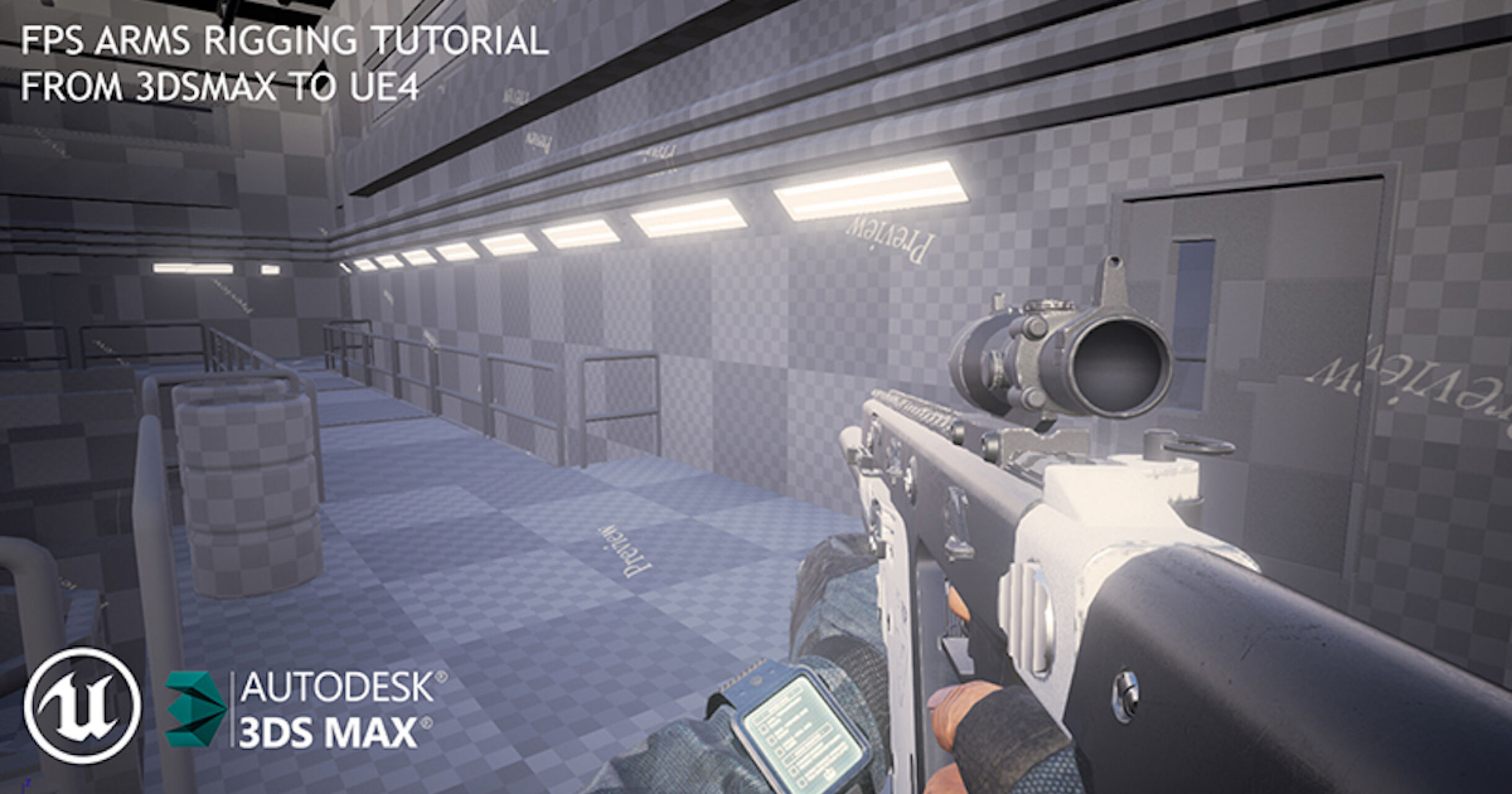

- #Unreal engine 4 fps full#
- #Unreal engine 4 fps Pc#
- #Unreal engine 4 fps tv#
- #Unreal engine 4 fps free#
Games capable of such and such fps and yadda yadda, I daresay a modern PC can run Doom 1 at 30,000fps, should we? I fail to even grasp the point of the fps section of your pageagraph.
#Unreal engine 4 fps full#
You can cool a processor with liquid nitrogen, but running it at full pelt will still shorten it's life - that's a fact acknowledged by the actual industry. If your eyes can see things that scientists have long said are outside of our capabilities then you have a fantastic optical cortex. Granted I could have said refresh rate instead of frequency but I imagine most people know the difference between the literal term and the use in displays, afterall we do say 50Hz and not 50rr. Strangely most of that last post seems to be stating what I typed but in a slightly different, but pedantic way. Almost everything from early television is closer to being actually 60hz than it is 30hz. Early console games simply used half resolution and 60fps instead of splitting frames into fields.
#Unreal engine 4 fps tv#
The interlaving on TV also gives 60 fields per second, each field is half a frame in resolution. Shooting film and using less film would have been of interest for budgets definitely, more so than signal issues on TV. Games like Quake 1 especially with sourceports pushing 100fps is barely an issue even, as most machines can throw out over 1000 fps these days.Īlso TV signals didn't need to be 'as compact as possible' because by definition they were never as compact as possible since it's possible to compress them even more than before with new codecs. Even a machine from ~2007 can do over 300 fps with maximum AA and well over twice that without AA. Games as old as unreal with no AA as such would barely strain even remotely modern machines. No rigs only burn themselves to death when they don't have proper cooling in place and limitations, otherwise they're meant to be utilized to capacity and full utilization for 100 fps depends entirely on the game and your options. You can consider it cool, but some of us just want a smooth display, 120hz is the best option for that now. Some modern LCDs are just not coming back up to old CRT monitor speeds, but at higher resolutions. 100hz+ was over a decade ago for PC monitors and as LCDs became more prominent, they became slower. Also, the interlacing method blends alternates two frames and in a way semi-blends them.
#Unreal engine 4 fps free#
Anything below 60 FPS and I notice staggering and even 60 is not free from staggering.

25 FPS is not happily darting past my face ever because it's hideously choppy. Because even if it's smooth for you does not mean it's smooth for me. Your generalities don't apply to everyone. At 50hz it's not smooth or entirely flicker free. If you mean refresh frequency yes there's a difference, but fps is a measure of frame frequency. Half the world chose 25fps at 50Hz, the other half chose 30fps at 60Hz and until just a few short years ago when the world gave us 70Hz+ screens and progressive scanning we were none the wiser nor the worse off, but it will always be cool to own a 120Hz non-interlaced display and to tell your friends you can see each one of the 100+ frames your rig is burning itself to death to create. Interlacing for tvs or monitors practically invented itself, it was necessary to compact television signals as much as possible but the images-versus-frequency problem was still there so you solved both by only showing either the first or the second half of a frame in every other image. To solve this movies would have an average of 25fps but the shutter on the projector would snap shut twice each second to trick your brain into thinking there were twice as many images.

This argument at the start of the last century between what you see and what your brain sees was a godsend 50 years later when early TV transmissions needed to be as compact as possible.Īnything below 20 images per second and you will notice obvious staggering, but between 20 and about 45 you won't notice much of a difference but your brain will and it'll start to leak out of your ears. There's a difference between frames per second and frequency - 25fps at 25Hz would give you a throbbin' in your noggin, but at 50Hz your brain is picking up a smooth flicker-free image while you are happily seeing 25 seperate images dart past your face and anything above would pretty much be wasted.


 0 kommentar(er)
0 kommentar(er)
